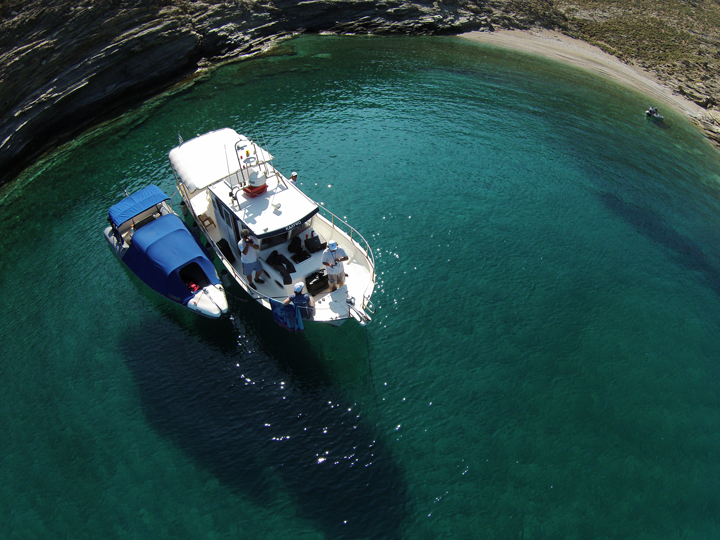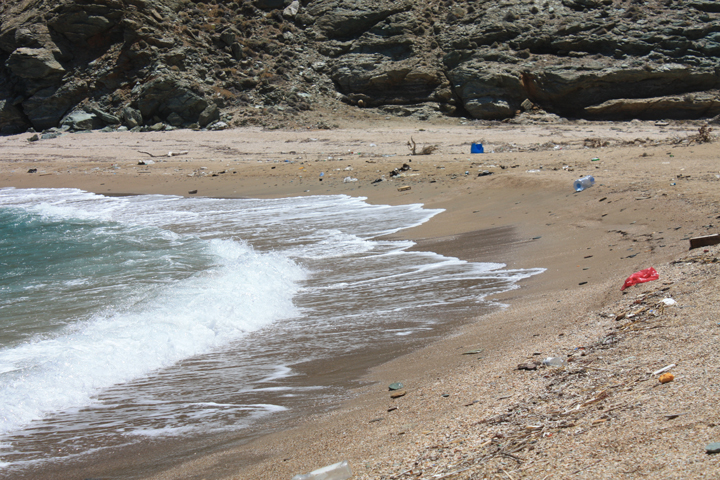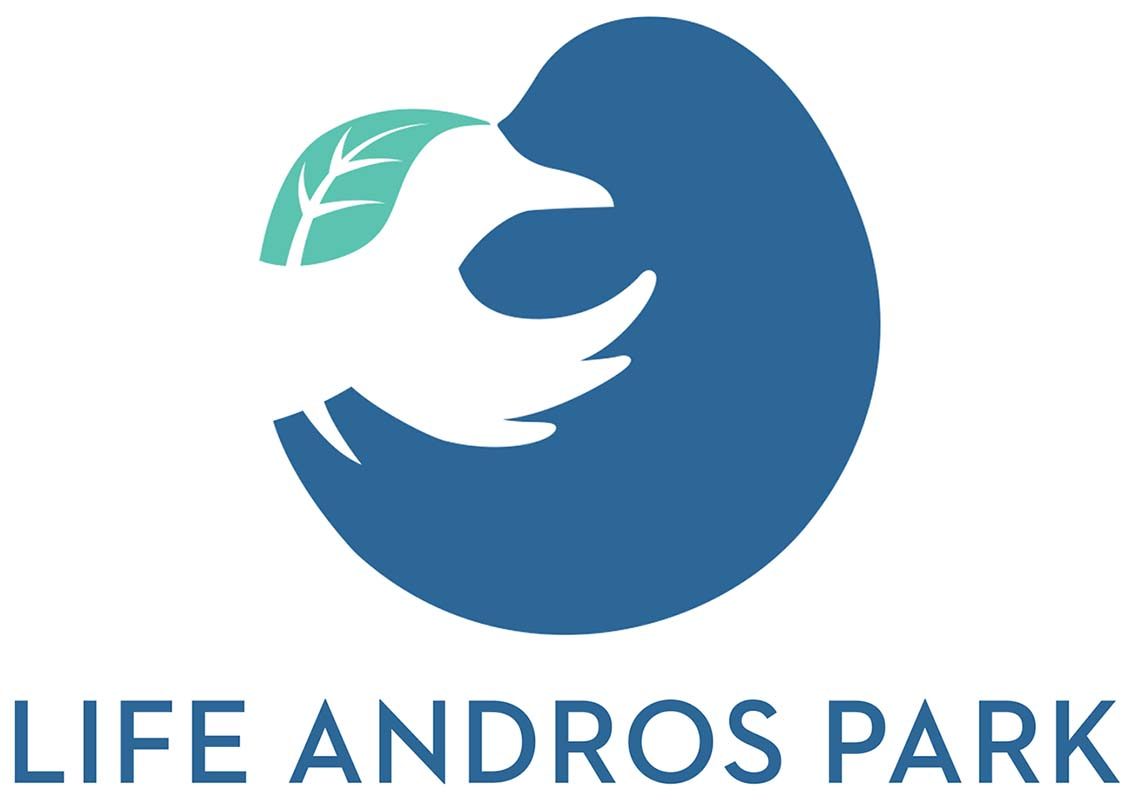The data necessary for the operational planning of the conservation actions for the project’s marine species will be collected concerning: (1) population, important habitats and status of Mediterranean Monk Seal, (2) plastic debris and derelict fishing gear abundance, distribution and “hot-spots” and (3) types, areas and periods of fisheries – seal/seabirds interactions.
Mediterranean monk seal requirements and habitat
A detailed examination of the coastline to locate, record, map and evaluate the potential resting, feeding and pupping habitat of the Mediterranean Monk Seal in the project area will take place.

This will include evaluation of habitat availability and suitability by assessing the entire coastline, recent habitat use assessment by direct signs IR cameras recordings, recording of parameters of the species’ population in the area, ultimately allowing the identification of the species important breeding areas. Furthermore, the estimation of the species minimum population size and the evaluation of the importance of the species habitats in the project area will be carried out.
Deterioration factors of seabirds and Mediterranean monk seal habitats
A systematic mapping of the marine plastic debris and derelict fishing gear, causing ingestion, entanglement and ghost fishing of the Mediterranean Monk Seal, Mediterranean Shag and Audouin’s Gull will be carried out in the wider coastal area.

The data collection will be carried out in the coastal waters and coastal areas. Additionally, the abundance and types of marine plastic debris and derelict fishing gear at the Mediterranean Shag and Audouin’s Gull colony sites will be assessed.
Interactions between Mediterranean monk seal seabird species and local fisheries
A study on extent of the interactions between Mediterranean monk seal and seabirds with the fishermen and on the alternative ways proposed by the local fishermen for the reduction of these interactions minimization will be implemented.
